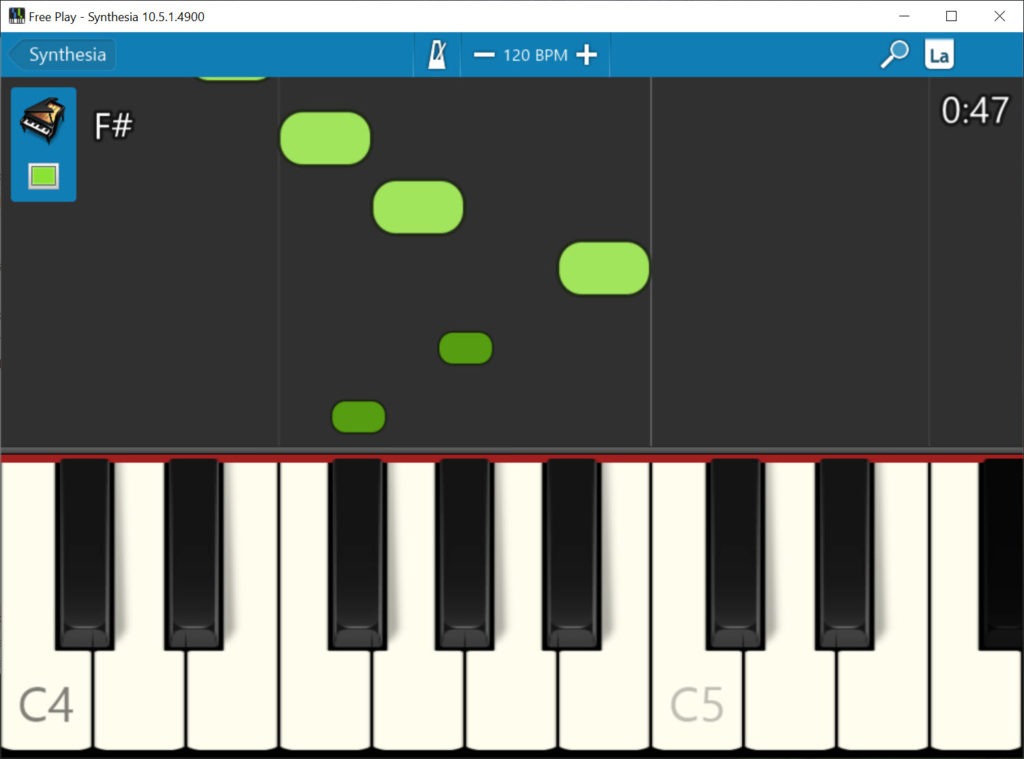
Too much noise creates visual chaos – making it impossible to interpret their environment and comprehend what is going on around them.
#SYNTHESIA SYNDROME SKIN#
What is even more interesting, the sound can be both felt on their skin and seen by their eyes simultaneously. But there are no strict rules as the experiences, interpretation and response change at different times. Often the skin sensation comes from sounds other people cannot hear. Lucy Blackman (2001) calls this phenomenon ‘sound-feeling’. Some autistic individuals experience ‘being touched’ by sounds, in other words, certain sounds are more felt than seen.

Alternatively, when somebody looks (or stares) at them directly, they feel it on the skin. Quite common in autistic pople is the form of synaesthesia that produces tactile sensations without the individual being physically touched, for example, looking at something can bring a tactile experience. “Wednesdays are always blue, like the number nine or the sound of loud voices arguing…Tuesdays are a warm colour while Thursdays are fuzzy” Olga shares her experience and insight into synaesthesia in autistic people.Īlthough not specific to autism, synaesthesia seems to be quite common among autistic individuals. Olga Bogdashina is Professor, Chief Research Fellow and Lecturer at the International Autism Institute, co-founder of the International Consortium of Autism Institutes, and Visiting Lecturer and Associate Consultant (Autism) to the European Institute of Child Education and Psychology (ICEP Europe).

Gift Aid and making your donation go further

Our patron, president and vice presidents Understanding and supporting autistic people


 0 kommentar(er)
0 kommentar(er)
